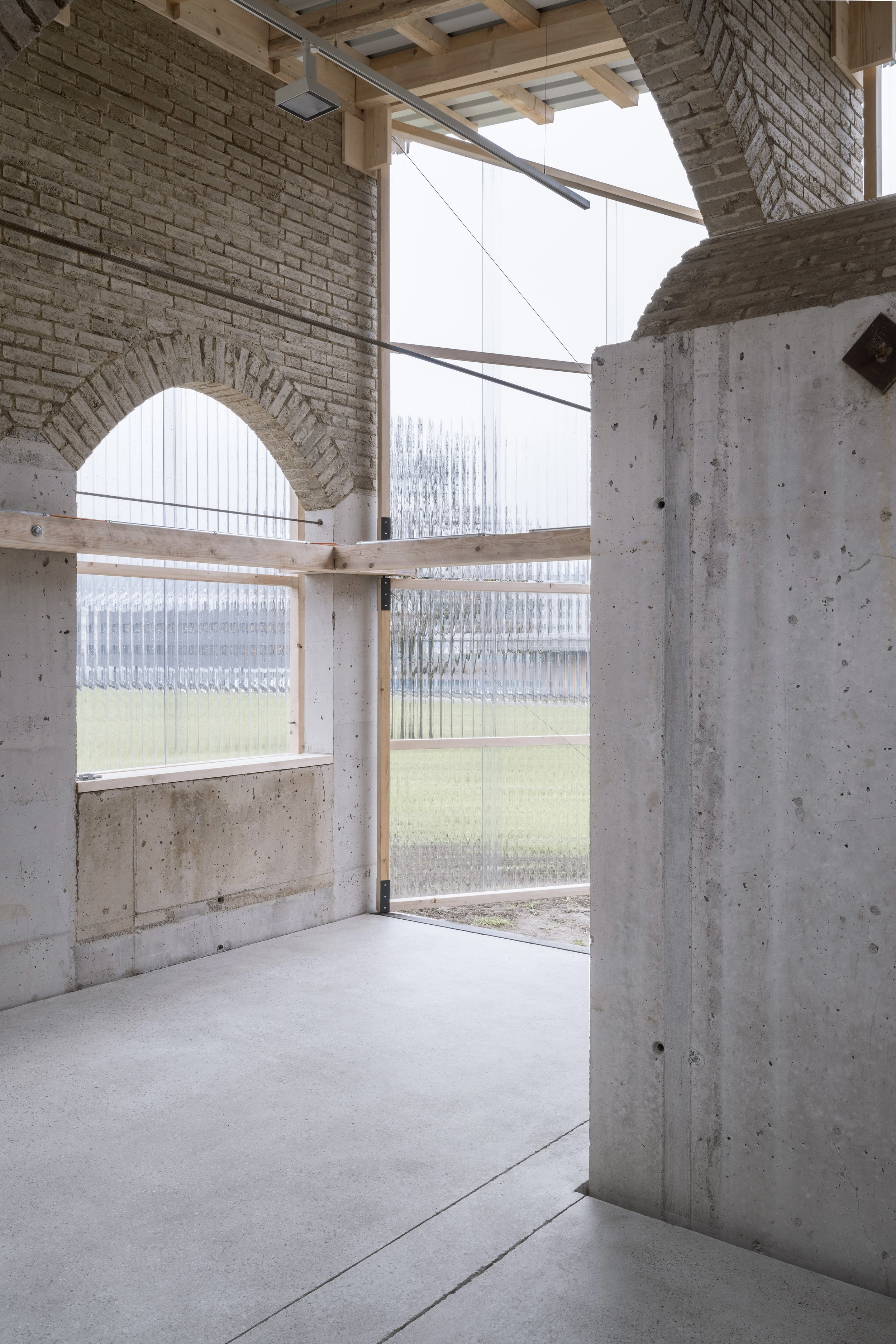The big lever: Why the future of construction for ERNE could lie in replacing cement
Sustainability in construction starts with the right materials and nurturing the next generation of talent. ERNE focuses on innovative clay-based building materials and invests in future professionals to make the construction industry future-proof. The participation in the MANAL project serves as a tangible example, demonstrating how sustainable and circular construction can be implemented. Noé Stalder, responsible for sustainability and strategy at ERNE AG Bauunternehmung, provides fascinating insights into the MANAL project and the significance of circularity in the construction industry.
Image: ERNE AG Bauunternehmung
Pressure on the construction industry: Uneven forces from various directions
The construction industry is under increasing pressure to adopt more sustainable practices. However, this pressure comes from different directions and varies greatly. Society is increasingly demanding sustainability, setting high moral and ethical standards. People want buildings that are environmentally friendly and responsibly constructed. At the same time, the state has set ambitious sustainability goals but provides too few concrete measures and guidelines on how to achieve these objectives, creating uncertainties in implementation. Developers are also in a dilemma: they want to build sustainably but lack clear standards or metrics to allow for long-term planning. These inconsistent demands make it difficult for companies to navigate this complex landscape.
“The MANAL project, to me, is where theory comes to life in practice.”
The dual strategy for more sustainability – Leveraging the big impact
The motivation to work sustainably is partly ethical: acting responsibly and protecting the environment. On the other hand, it’s a matter of reputation: ERNE’s name should be permanently associated with sustainability. To meet the growing demands, ERNE is pursuing a dual strategy. The first focus is on developing new building materials, particularly finding alternatives to traditional binders such as cement, which is known to contribute significantly to the construction industry’s CO₂ emissions. This is where the intersection with Oxara and the MANAL project comes in. ERNE sees great potential in using clay-based materials, cement-free concrete, and sustainable binders like Oxacrete® Nossim, Oxacrete Oulesse®, and Oxabrick® Loko, which were used in the MANAL project. These alternative materials are designed not only to reduce emissions but also to meet the demands of modern construction projects. By utilising such new materials, ERNE aims to reduce its environmental footprint while remaining competitive. The second factor is an economic calculation: how much influence can we exert with our material turnover to impact the environment? This can be relatively easily represented in factors, whose sum allows the company to quickly determine where leverage can be applied. This is an established annual process based on the ISO 14001 environmental management standard.
Challenges in implementation – Risk distribution and costs
One of the biggest hurdles in introducing sustainable building materials is their cost. Traditional building materials are still significantly cheaper than their eco-friendly alternatives, making it difficult to establish sustainable solutions in the market. For example, when using demolition materials, a considerable cost factor is the intermediate storage of this material until it can be recycled.
Another challenge arises when a construction company is involved late in the construction process, and the planning is already far advanced. This makes it difficult to introduce innovative ideas, as changes can lead to delays and additional costs. Moreover, clear standards for evaluating CO₂ emissions and circularity are lacking, which creates uncertainties in the storage, reuse, and guarantees of building materials, as it is unclear who bears the risk if something does not go as planned. Currently, these risks lie with the bold pioneers who take the initiative. Ultimately, the responsibility falls on the daring developer. These uncertainties make the reuse of materials expensive and, unfortunately, often not economically viable.
Early involvement in the process and promoting young talent as a key factor
For ERNE, early involvement in the construction process, even if only in an advisory capacity, is crucial. Early involvement allows sustainable materials and concepts to be incorporated into the planning stage before final decisions are made, avoiding later planning changes and costly delays. Time is always a scarce resource on construction sites. Additionally, ERNE places great emphasis on fostering young talent in the construction industry. The company actively engages in the training and development of the next generation of professionals. Noé Stalder is convinced that these young engineers and architects will play a key role in advancing and implementing sustainable building practices in the future. Young professionals are being taught from the start how important it is to use sustainable materials and are encouraged to develop innovative solutions that will shape the future of construction.
Image: ERNE AG Bauunternehmung
The MANAL project: Innovation you can touch
The project shows that it’s easier to convince clients of sustainable products when they can see and touch them. MANAL has provided ERNE with valuable insights into working with clay blocks and clay mortar for masonry. The project demonstrates the potential of alternatives to cement. Stalder is convinced: the potential of these building materials extends far beyond Switzerland and could contribute globally to reducing the construction industry’s CO₂ footprint. For ERNE, the MANAL project is a way to show how innovative and sustainable construction could look in the future. ERNE shares this belief with other MANAL project partners, such as Swiss Prime Site and Marti Zurich.











